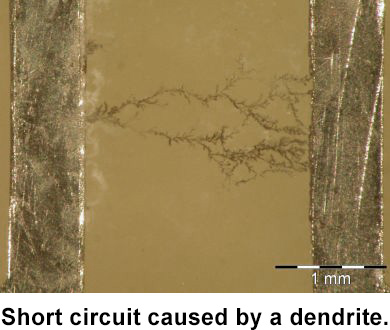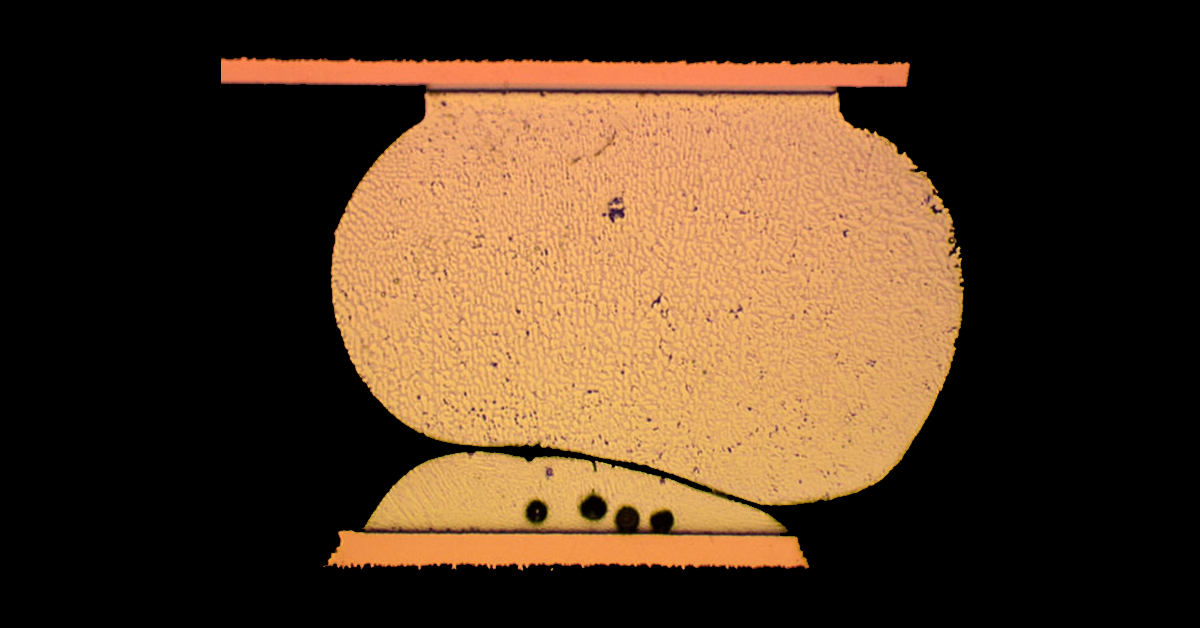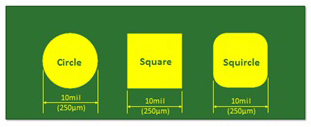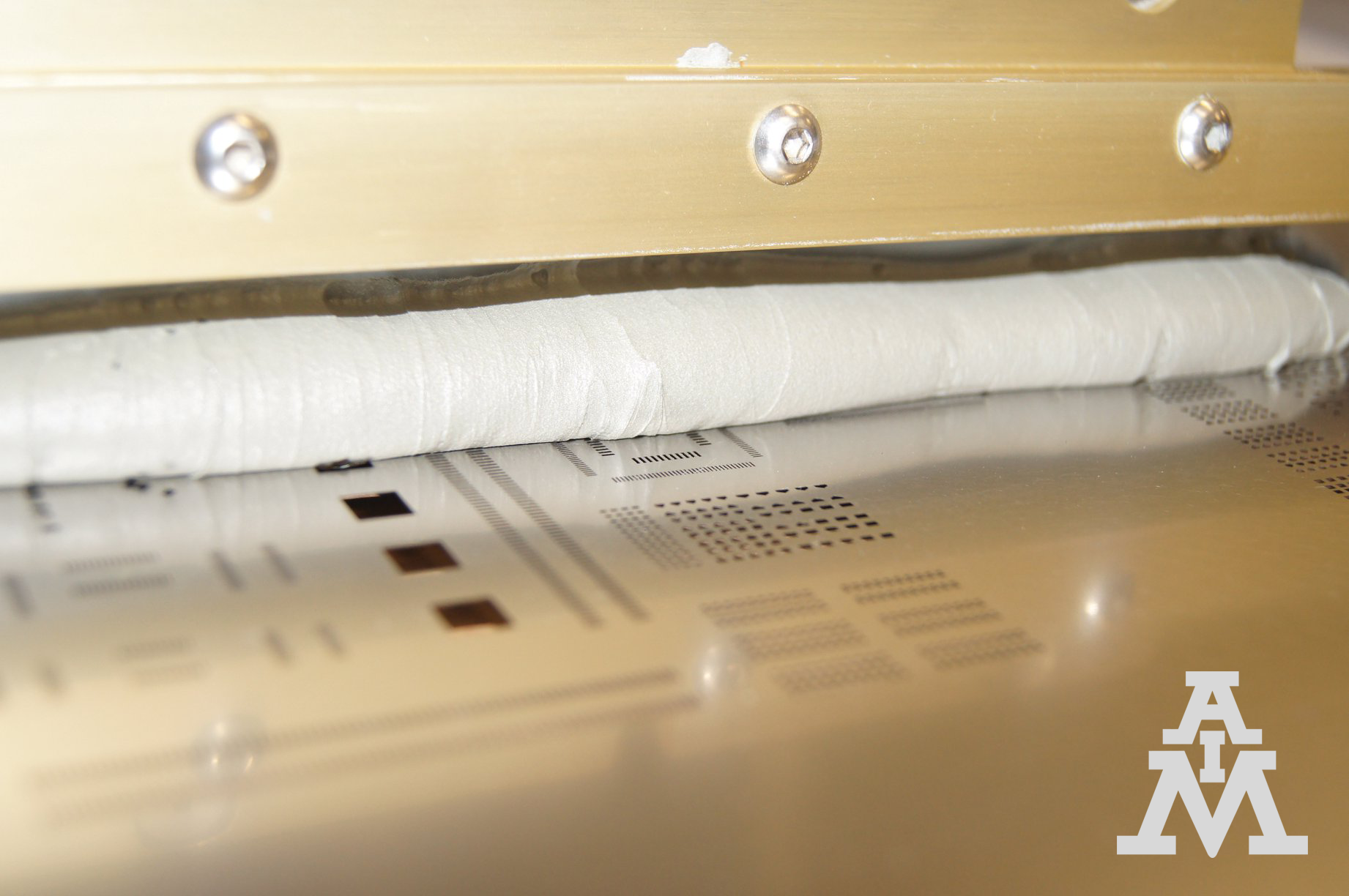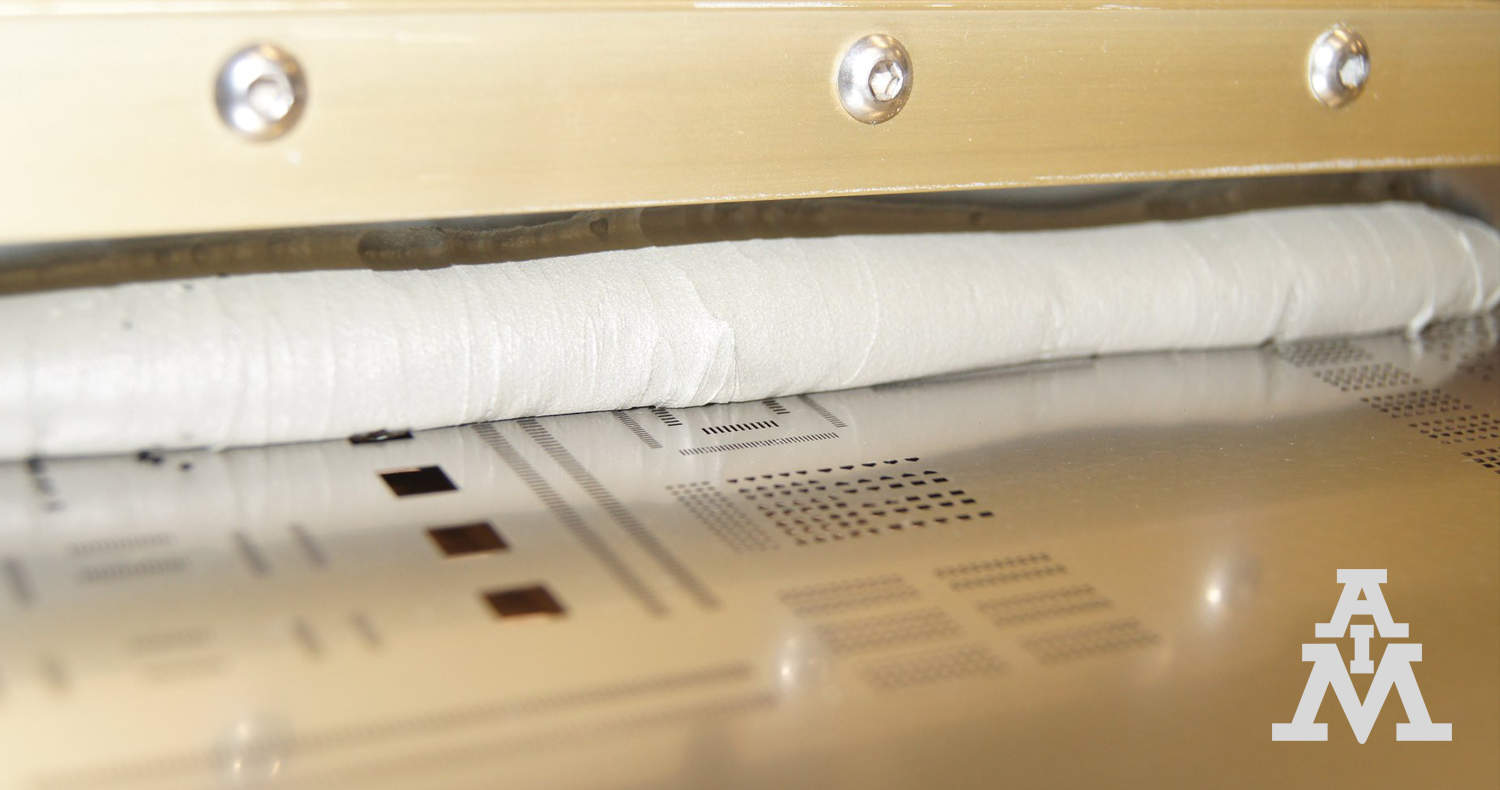ABSTRACT As the electronics industry continually strives for innovation and efficiency in assembly and rework processes, the exploration of low temperature (LT) solder alloys has gained significant attention. This paper provides a comprehensive analysis of LT solder, particularly focusing on its application in rework processes and the broader implications for electronics manufacturing. We delve into various facets of LT solder, examining both the potential benefits and the challenges associated with its use.
The study revisits previous work on LT solder in rework, offering a detailed summary and suggesting a cautious approach due to the increased costs and complexities associated with bismuth-containing solder wire, alongside a lack of substantial differences in joint strength and reliability compared to traditional methods. Additionally, the paper addresses broader considerations of LT solder, including benefits and drawbacks, performance tradeoffs, and areas for further study...

